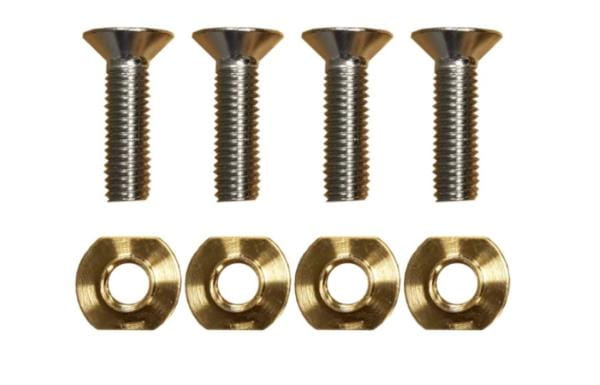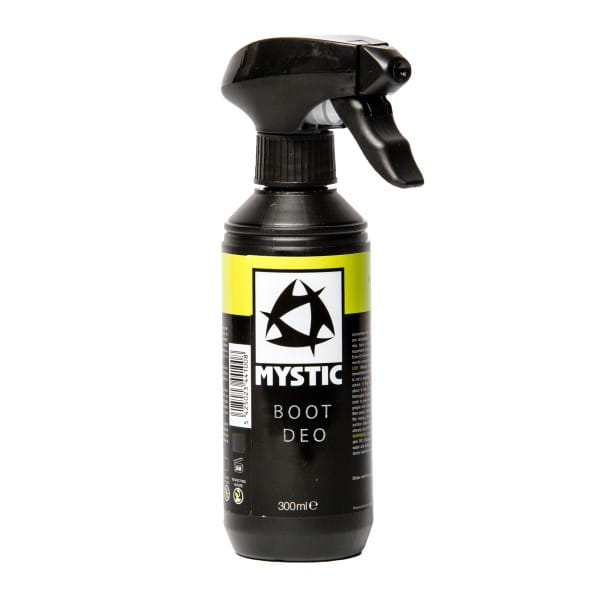Wingfoiling - A new challenge
Wingfoiling is a relatively new and interesting alternative to kiting and surfing.
With wingfoiling there are fewer restrictions on suitable spots than with kiting and you don't need a helper to launch and land. You are also not permanently attached to the wing and can simply let go in case of danger. This easier accessibility to the new sport has led to a real hysteria also in the industry since a few years. We help you to find your way in the jungle of the many providers.
Even though the barriers to entry are lower than for kitesurfing, you usually won't learn wingfoiling in a day. But the right equipment will help you to generate a steeper learning curve. On these pages you will find everything you need for wingfoiling:
If you are not quite sure yet, then take a look at our Wingfoil buying guide. Here we give you valuable tips and explain with examples how to get your first own Wingfoil set.
###
Why is the old idea of the wing back now?
The concept of the kite wing has been around since 1986. At that time Tom Magruder developed his "Wind Weapon" and in the following time there were again and again single products in this area, but they could never establish themselves. However, these products were not inflatable and not made of high-end Dacron, but of PVC and canvas and had a rigid mast and boom.
The problem with the kite wing in general, is that it doesn't develop the same pulling power as a kite or surf sail. Since you are supposed to get by without a harness, the pulling forces must also be lower from there. With conventional surfboards or SUPs, the pull of a kite wing is only enough for shallow chugging around, gliding or running upwind is out of the question. This has all changed with the development of foil boards, which are now available for surfers, kiters, windsurfers and even SUPs. With the right board, the kite wing finally works in a way that makes it fun.
In addition, many water sports enthusiasts have incidentally discovered longboarding and especially also the surfy variant with the surf skates. A longboard can also be accelerated without much pressure, so you can also have the one or other roll session with the Foil Wing on the side. And if it's not just sticky deep snow, your new wing also works great with a snowboard.
Since the idea has been around for so long, the manufacturers have also always worked on the product in their labs. These are not prototypes that are now coming to market, but mature products that have already undergone years of optimization.
How do I prepare a session with a Foil Wing?
Professional foiler Gunnar Biniasch shares his expertise with us to make learning how to foil a wing a smooth and enjoyable experience. In the first video, we take you through the steps of building a wing using the Ozone WASP wing as an example:
How do I control the Foil Wing?
You hold the Foil Wing above you like a kite. The wing is not ridden in front of you like a surf sail, but floats above you like a kite. To keep the Duotone Foil Wing balanced, you hold the boom with your front hand, or the depower handle on the Ozone WASP. The wind now carries the wing, the position corresponds to a kite that is pressureless in the zenith.
To build up pressure, use your second hand to grab the boom at the back of the Duotone Wing or the loops along the center line of the Ozone Wing and pull the tail of the wing into the wind. Make sure that the wing always stays above you and the nose always into the wind. This way the wing pulls you up and supports your balance and helps you to stand up.
The adjustable boom also allows you to trim the wing on Duotone to cover a wide wind range. Just like surfing, a taut Foil Wing catches less wind than if you increase the camber via a shorter adjusted Boom. The Duotone Boom fits all four Foil Wings. The Ozone WASP does not have a boom, but a stable center strut with loops.
In the video, we walk you through the steps to properly handle the WASP wing before you hit the water for the first time:
How do I get started with the Foilwing?
As described above, a SUP board is ideal, which supports your weight so that you can kneel on the board even without driving. While kneeling, you first try to pick up speed by pulling the wing slightly into the wind with the hand that is at the back of the boom. Once you have picked up speed and your board is stable through the water, stand up and put your feet in a normal surf stance position.
If you are SUPing with a foil, then you still need to consider the characteristics of the foil. However, foiling with the wing is much easier to learn than foiling with the kite or the surf sail.

How to run high with the Foil Wing?
With a Foil SUP you can ride all courses with the Wing without any problems. If you are riding a normal SUP, you will have a hard time doing that. However, you can enjoy downwinders with a normal SUP and the Foil Wing.
Do you want to master the Wing on the water? In the next video, Gunnar Biniasch shows you the steps to riding the WASP Wing correctly with tips to improve your upwind and downwind skills:
Advantages of the Foil Wing
- Fast learning success
The handling of the wing is very fast and very intuitive to learn. In a few hours you will know how to handle the Wing.
- Safety
Unlike kiting, you are not permanently attached to the Foil Wing. If anything goes wrong, you can simply let go of the boom and the wing will blow out without pressure on the leash.
- Light Wind Capability
While a kite often stalls in light wind with on/off conditions on the inland lake and then has to be laboriously relaunched, the Wiing is ready to go again immediately even after a stall. The large boards make it easy to glide through wind holes.
- Material costs
Unlike surfing with sail masts, the Foilwing from Duotone is space-saving and car-compatible.
- Price
If you use the Wing with an existing board, the entry hurdle "price" is extremely low.

Wave Riding with the Foil Wing
In the wave, the Foil Wing offers some significant advantages: The Wing pulls you back out into the swell quickly after riding the waves, and with a foil under the board you can even make up lost height in the process. When you catch the wave, you can easily hold the wing with one hand and let it blow out. The wing glides down the wave with you without hindering you or having to keep an extra eye on you like a kite.

Complete sets at brettsport.de with 10% discount
To make your entry into this exciting area of water sports as easy as possible, we have put together two complete sets for you. You get 10% discount on the sets with the coupon code "WING" in our checkout.
- Duotone Foil Wing complete set consisting of a Duotone Wing in selectable size, boom and leash
- Wing Foiling complete set consisting of Fanatic Sky SUP with the matching Hydrofoil AERO SURF FOIL 2000 Long Fuselage and Duotone Foil Wing in selectable size, Boom and Leash

Where is it allowed to ride with the Kite Wing?
As there are no regulations yet, it can be assumed that it can be used everywhere where windsurfing is allowed. For other water sportsmen or nature it makes no difference whether the surf sail is attached to the board with one side or not. This makes the foil also highly interesting for the lakes where so far kiting is forbidden and surfing is allowed.
In the brettsport.de home region, the valley barriers in the Harz Mountains are suitable for wingfoiling, as are the Salzgittersee lake and the Concordiasee lake. Less suitable are lakes where seaweed or algae reach the surface. Water plants very quickly elimninate the hydrodynamic properties of the foil.
Can the Foilwing be used on land or in snow?
This is not a problem! For longboarding the Foil Wing is the perfect propulsion and if you find the right spot you can cruise endlessly. A top spot for this is known to be the disused Tempelhof Airport in Berlin, but any large empty parking lot is also suitable as a spot.
You can also have fun with the Foilwing in winter, but you need a rolled slope or a cleared lake as a spot. The wing will not be able to pull you out of sticky deep snow.


















